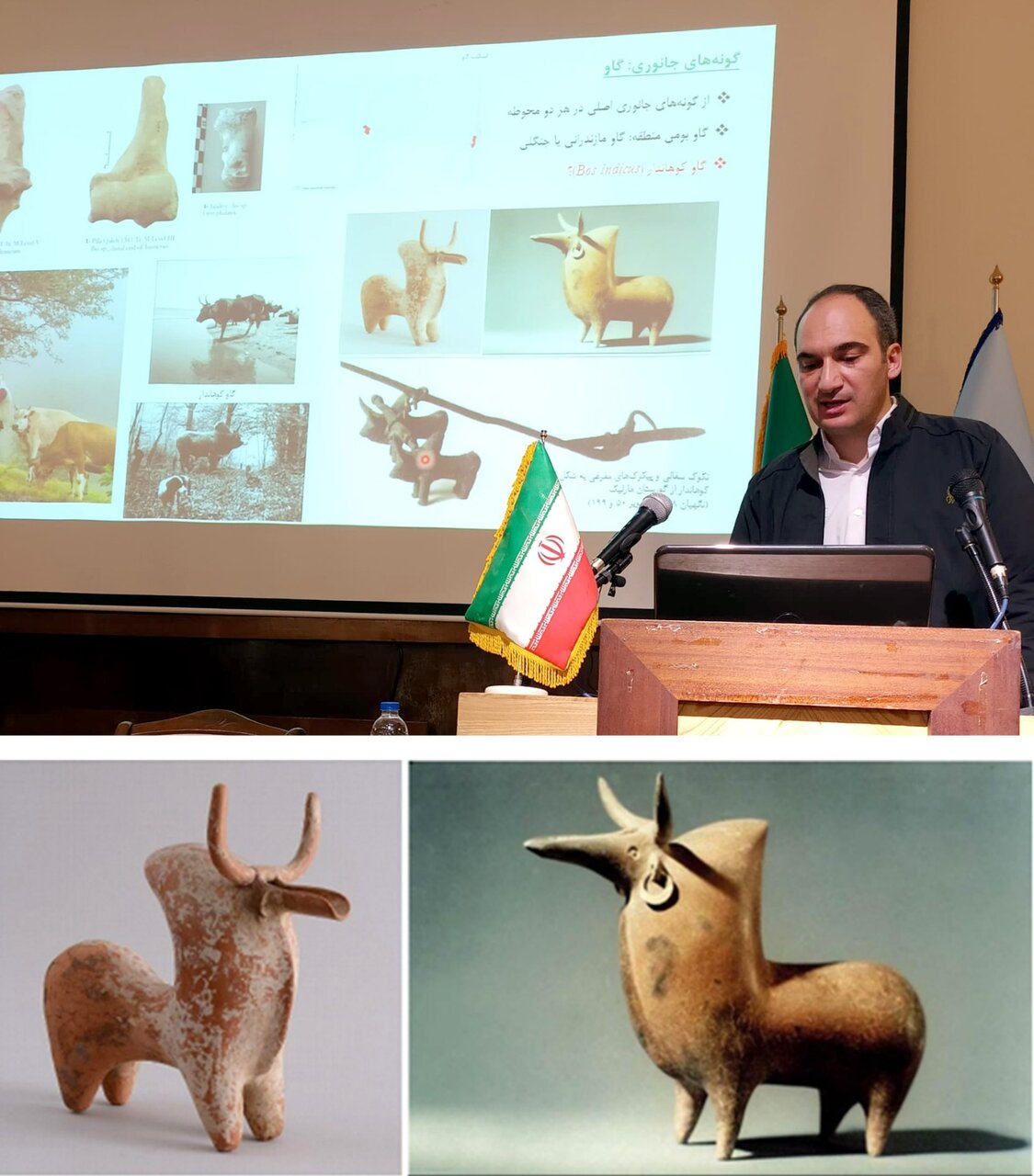Herding and hunting: National Museum study paints picture of Iron Age life

TEHRAN - A study by researchers from the National Museum of Iran has unveiled new insights into animal exploitation patterns during the Iron Age in Gilan province, which is bounded by the Caspian Sea, north of the country.
The findings, presented earlier this week at the Iran National Museum Seminar Series, provide crucial evidence about subsistence strategies and human-animal relationships in the western Alborz Mountains between 1500-550 BC.
The research team, led by Dr. Marjan Mashkour and Dr. Hossein Davoudi from the Osteology Department of the National Museum of Iran, conducted a detailed analysis of animal bones from two significant Iron Age sites - Pila Qal’eh and Jalaliye in Rudbar County of Gilan. These archaeological sites, excavated in previous decades, offered a rare opportunity to study settlement remains from a period better known for its cemeteries.
According to the study, domesticated animals, including sheep, goats, and cattle, formed the foundation of the local economy at both sites. “The predominance of these species indicates a well-developed animal husbandry system,” explained Dr. Davoudi during his presentation. The research also revealed the supplementary role of hunted species such as wild boar, red deer, and gazelle, suggesting a mixed subsistence strategy.
Notably, the team discovered interesting variations between the two sites. While they shared similar animal species, the proportions differed significantly. “These patterns likely reflect adaptations to local environmental conditions and changing herding practices over time,” Dr. Davoudi noted. The presence of horses and donkeys at both ancient sites points to their use in transportation and daily labor.
The animal bones studied had been carefully preserved as part of the museum’s long-term “Curation and Documentation of Osteological Collections” project initiated in 2011, directed by Dr. Marjan Mashkour. This latest research builds on that foundational work, applying modern analytical techniques to better understand ancient economic systems.
Archaeologists emphasize the importance of such bioarchaeological studies for the Iron Age of Iran, where settlement sites remain understudied compared to cemeteries.
Looking ahead, the researchers plan to integrate their findings with ongoing studies of plant remains and material culture to develop a more comprehensive picture of Iron Age life in the region. They hope their work will inspire similar investigations at other key sites across Iran.
The National Museum of Iran continues to host its Seminar Series, showcasing cutting-edge research on Iran’s rich cultural heritage.
AM
